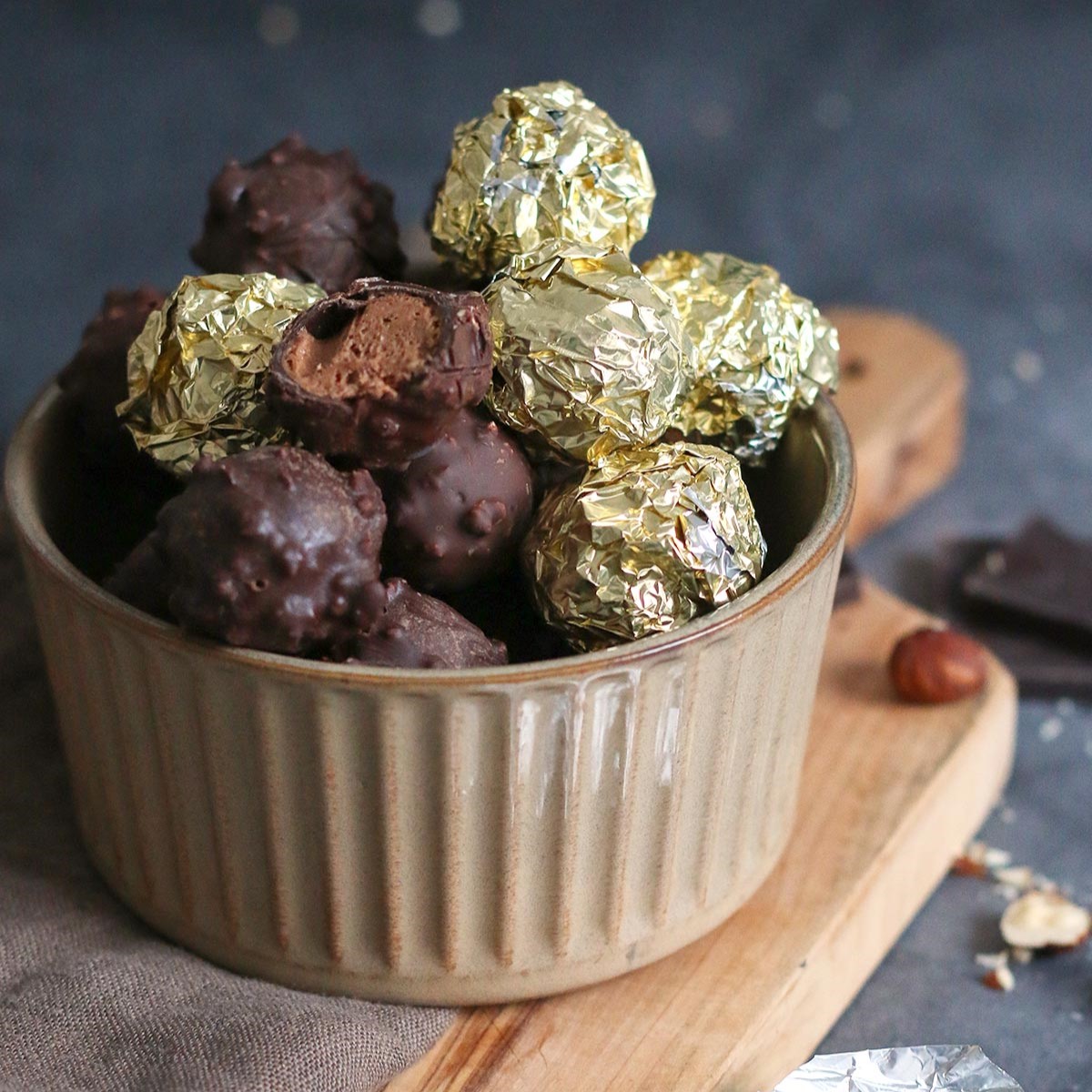

Articles
How To Store Chocolate Candy
Modified: February 27, 2024
Learn the proper way to store your favorite chocolate candy and keep it fresh for longer. Check out our articles for expert tips and advice.
(Many of the links in this article redirect to a specific reviewed product. Your purchase of these products through affiliate links helps to generate commission for Storables.com, at no extra cost. Learn more)
Introduction
Chocolate candy is a delightful treat that brings joy to people of all ages. Whether it’s a rich, creamy truffle, a crunchy chocolate bar, or a colorful assortment of chocolates, we all want our chocolate candy to taste fresh and delicious. However, improper storage can quickly diminish the quality and flavor of chocolate candy. That’s why it’s essential to learn how to store chocolate candy correctly.
Proper storage of chocolate candy is crucial for a few reasons. First, it helps to preserve the taste and texture of the chocolate. Exposure to air, moisture, and heat can cause chocolate to become stale, lose its flavor, and develop a grainy texture. Additionally, temperature fluctuations can result in the formation of white spots, called chocolate bloom, which is caused by cocoa butter rising to the surface. To ensure that your chocolate candy stays fresh and tasty, it’s essential to follow proper storage techniques.
Temperature and humidity control play a significant role in maintaining the quality of chocolate candy. Ideally, chocolate should be stored at a consistent temperature between 60°F and 70°F (15°C and 21°C), with a humidity level below 50%. High temperatures can cause the chocolate to melt or soften, resulting in a loss of its original shape and texture. On the other hand, low temperatures can lead to condensation, which can affect the quality and appearance of the chocolate. Therefore, it’s important to store chocolate candy in a cool, dry place away from direct sunlight and extreme temperature fluctuations.
Choosing the right container is another crucial factor in storing chocolate candy. The container should be airtight and made of a material that does not transfer odors or flavors to the chocolate. Opt for containers made of food-grade plastic or glass with a tight-fitting lid. Make sure to clean the container thoroughly before using it to store chocolate candy to avoid any potential contamination. Avoid using containers made of metal or cardboard, as they can affect the taste and quality of the chocolate. Dark chocolate can also absorb odors from other foods, so it’s best to store it separately from strongly scented items.
Proper handling techniques are equally important in maintaining the quality of chocolate candy. Always handle chocolate with clean, dry hands to prevent any transfer of moisture or contaminants. Avoid touching the chocolate directly if possible; instead, use clean utensils or gloves. When removing chocolate from its container, do so gently to avoid causing any damage or exposing it to excessive air or light.
By following these storage tips, you can ensure that your chocolate candy remains in optimal condition for a longer period of time. However, it’s important to keep in mind that different types of chocolate candy have specific storage requirements. Let’s take a look at some specific guidelines for storing different varieties of chocolate candy.
Key Takeaways:
- Proper storage of chocolate candy is essential to maintain its freshness, flavor, and texture. Temperature and humidity control, airtight containers, and gentle handling techniques are key to preserving the quality of chocolate treats.
- Different types of chocolate candy have specific storage requirements. From milk chocolate to filled chocolates, understanding their sensitivities and following proper storage guidelines ensures that each variety maintains its distinct flavor, texture, and appearance.
Read more: How To Store Candy Apples
Reasons for Proper Storage
Proper storage of chocolate candy is essential to maintain its quality, flavor, and appearance. Here are a few reasons why it’s important to store chocolate candy correctly:
- Freshness: Storing chocolate candy properly helps to retain its freshness. Exposure to air and moisture can cause chocolate to become stale and lose its original taste. By storing chocolate candy in airtight containers, you can minimize the risk of air exposure and enjoy delicious, fresh-tasting chocolate for a longer time.
- Texture: Chocolate candy can develop a grainy texture if it’s not stored properly. Factors like temperature fluctuations, humidity, and exposure to moisture can affect the texture of the chocolate. By storing chocolate candy in a cool, dry place, you can prevent the formation of graininess and maintain a smooth and silky texture.
- Flavor: Improper storage can lead to the loss of flavor in chocolate candy. High temperatures can cause the chocolate to melt, resulting in a loss of its original taste and aroma. Additionally, exposure to strong odors from other foods can affect the flavor of the chocolate. By storing chocolate candy in airtight containers and avoiding strong-smelling surroundings, you can preserve the rich and delectable flavors of your chocolate treats.
- Appearance: Chocolate candy that is not stored correctly can develop white spots on its surface, known as chocolate bloom. This is caused by cocoa butter rising to the surface and recrystallizing. Chocolate bloom can make the chocolate appear dull and unappetizing. By storing chocolate candy in a cool, dry place and avoiding temperature fluctuations, you can prevent the formation of chocolate bloom and ensure that your chocolate treats look as good as they taste.
- Longevity: Proper storage techniques can extend the shelf life of chocolate candy. By protecting it from exposure to heat, light, and moisture, you can ensure that your chocolate candy stays fresh and enjoyable for a longer period. This is especially important if you are storing chocolate candy for a special occasion or if you have purchased a large quantity.
Overall, proper storage of chocolate candy is crucial to maintain its quality, flavor, texture, and appearance. By following the recommended storage techniques, you can enjoy delicious and perfectly preserved chocolate treats whenever the cravings strike.
Temperature and Humidity Control
Temperature and humidity control are key factors in properly storing chocolate candy. The ideal conditions for storing chocolate are a consistent temperature between 60°F and 70°F (15°C and 21°C) and a humidity level below 50%. Here’s why temperature and humidity control are important:
- Preventing melting: High temperatures can cause chocolate to melt, resulting in a loss of its original shape and texture. It’s essential to store chocolate candy in a cool location to prevent it from becoming soft or gooey. Avoid storing chocolate near heat sources, such as ovens, stoves, or direct sunlight, as this can cause the chocolate to melt.
- Avoiding condensation: Low temperatures combined with fluctuating humidity levels can lead to condensation, which can affect the quality and appearance of chocolate candy. Condensation occurs when moisture accumulates on the surface of the chocolate. To prevent condensation, store chocolate candy in a dry environment with controlled humidity. Avoid storing chocolate candy in areas with high humidity, such as the bathroom or near a humidifier.
- Preserving flavor and texture: Fluctuations in temperature and humidity can affect the taste, texture, and overall quality of chocolate candy. Exposure to humidity can cause the chocolate to absorb moisture, resulting in a change in texture and flavor. Additionally, temperature fluctuations can lead to the formation of fat bloom or sugar bloom – visible white spots on the surface of the chocolate. By controlling the temperature and humidity, you can help preserve the original flavor, texture, and appearance of your chocolate candy.
To maintain proper temperature and humidity control, it’s best to store chocolate candy in a cool, dry place. A pantry or cabinet away from heat sources is an ideal location. Avoid storing chocolate candy in the refrigerator unless necessary, as the low temperature and high humidity can cause condensation and affect the texture and flavor of the chocolate.
Proper temperature and humidity control are essential for preserving the quality and enjoyment of your chocolate candy. By ensuring that your chocolate is stored under these optimal conditions, you can savor every bite of your favorite chocolate treats.
Choosing the Right Container
When it comes to storing chocolate candy, choosing the right container is just as important as maintaining the proper temperature and humidity. The container you use should be airtight, odor-free, and made of a material that does not transfer any flavors or odors to the chocolate. Here are some factors to consider when selecting the right container:
- Airtightness: The container should have a tight-fitting lid to prevent air from entering and moisture from seeping in. Airtight containers help maintain the freshness and quality of the chocolate candy by minimizing air exposure, which can lead to staleness and flavor loss.
- Material: The material of the container should be non-reactive and food-grade. Plastic containers made from BPA-free materials are a good choice as they do not affect the taste or quality of the chocolate. Glass containers are also a suitable option, provided they have a secure lid. Avoid using containers made of metal or cardboard as they can transfer flavors and odors to the chocolate.
- Size and Shape: The container should have enough space to accommodate the chocolate candy without squishing or overcrowding it. It is best to choose a container that allows for some extra space to prevent the chocolate from touching the sides of the container. This helps preserve the shape and appearance of the chocolate candy.
- Visibility: Opt for a container that allows you to see the chocolate candy without opening it. This way, you can easily identify the contents and avoid unnecessary exposure to air and light.
Prior to storing chocolate candy in a new container, it’s important to clean it thoroughly. Wash the container with warm, soapy water, rinse it well, and let it air dry. This helps remove any potential contaminants and ensures that the container is clean and ready for storing chocolate candy.
It’s also important to note that different types of chocolate candy should ideally be stored separately. Dark chocolate, for instance, can absorb odors from strongly scented foods. Storing dark chocolate separately from other chocolates or strongly aromatic items helps preserve its authentic flavor and prevent flavor contamination.
By choosing the right container for your chocolate candy, you can ensure that it remains fresh, flavorful, and free from any unwanted odors or flavors. A proper container is a valuable asset in maintaining the quality and enjoyment of your chocolate treats.
Proper Handling Techniques
Proper handling techniques are essential to preserve the quality, texture, and appearance of chocolate candy. By following these guidelines, you can ensure that your chocolates stay in optimal condition:
- Keep it clean: Always handle chocolate with clean, dry hands to prevent any transfer of moisture or contaminants. Washing your hands before handling chocolate will help remove any residue or oils that could affect the taste and quality of the chocolate.
- Minimize direct contact: Ideally, avoid touching the chocolate directly with your fingers to prevent any unwanted transfer of heat or moisture. Instead, use clean utensils, like a knife or a pair of tongs, to handle the chocolate. If you prefer to handle the chocolate with your hands, consider wearing gloves to minimize direct contact.
- Gentle handling: When removing chocolate from its container, do so gently. Rough handling can cause breakage or damage to the chocolate, compromising its appearance and texture. Take care to gently lift the chocolates or bars and avoid any unnecessary pressure.
- Avoid exposure to air and light: The more the chocolate is exposed to air and light, the higher the chance of it deteriorating. When handling chocolate, do so in a cool, dark location to minimize exposure. Avoid leaving the chocolate out for extended periods and return it to its proper storage container as soon as possible.
- Optimal portioning: If you plan to consume only a portion of the chocolate and want to store the rest, take care to portion it properly. Breaking off a piece instead of cutting it helps maintain the integrity of the chocolate while minimizing air exposure to the remaining portion.
By following these proper handling techniques, you can help ensure that your chocolate candy retains its quality, flavor, and appearance. Remember, even small details in handling can make a big difference in preserving the delights of your chocolate treats.
Store chocolate candy in a cool, dry place away from direct sunlight and strong odors. Keep it tightly sealed to prevent moisture and air exposure, which can cause the chocolate to become stale or develop a white film.
Read more: How To Store Candied Fruit
Storage Tips for Different Types of Chocolate Candy
While the general principles of proper storage apply to all types of chocolate candy, there are specific guidelines for storing different varieties to maintain their quality. Here are some storage tips for various types of chocolate candy:
- Milk Chocolate: Milk chocolate has a higher dairy content, making it more sensitive to heat. It is best stored in a cool, dry place away from direct sunlight. If the temperature rises above 70°F (21°C), consider transferring the milk chocolate to the refrigerator to prevent melting.
- Dark Chocolate: Dark chocolate has a higher cocoa content, giving it a more robust flavor. It is less sensitive to heat compared to milk chocolate but can still be affected by temperature fluctuations. Store dark chocolate in a cool, dry place with a consistent temperature between 60°F and 70°F (15°C and 21°C).
- White Chocolate: White chocolate is delicate and prone to melting due to its high cocoa butter content. It is crucial to store white chocolate at a cool temperature below 70°F (21°C) to prevent melting. The refrigerator can be used if necessary, but be cautious of condensation forming when removing it from the cold environment.
- Filled Chocolates: Chocolates with creamy or liquid fillings, such as truffles or ganache-filled chocolates, are best stored in a cool place with a consistent temperature. Avoid exposing them to direct sunlight or high temperatures, which can cause the fillings to soften or melt.
- Caramel or Nut-Filled Chocolates: Chocolates with caramel or nut fillings are susceptible to moisture absorption and can become sticky or lose their crunch. Store them in an airtight container in a cool, dry place to maintain their texture and avoid any exposure to moisture.
- Chocolate Bars: Chocolate bars are typically more resilient and can withstand a wider range of temperatures. However, it’s still important to store them in a cool, dry place to preserve their quality. Wrap the chocolate bars tightly in their original packaging or transfer them to an airtight container to prevent air exposure.
Remember, each type of chocolate candy has its unique characteristics and sensitivities. By following these storage tips, you can ensure that each variety maintains its distinct flavor, texture, and appearance.
Storing Chocolate Candy in the Refrigerator
While it is generally recommended to store chocolate candy in a cool, dry place, there may be situations where refrigeration is necessary. Here are some guidelines for storing chocolate candy in the refrigerator:
- Prevent moisture: Before placing chocolate candy in the refrigerator, make sure it is tightly wrapped or stored in an airtight container. This helps prevent moisture from condensing on the chocolate, which can affect its texture and quality.
- Separate strong odors: Keep chocolate candy away from strongly scented foods in the refrigerator to avoid any flavor transfer. Chocolate readily absorbs odors, so storing it separately or in a sealed container helps maintain its original taste.
- Gradual temperature changes: When removing chocolate candy from the refrigerator, allow it to come to room temperature gradually. A sudden change in temperature can cause condensation to form on the chocolate’s surface, affecting its texture and appearance. Take the chocolate candy out of the refrigerator and let it sit at room temperature for a while before consuming or exposing it to warmer temperatures.
- Use proper wrapping: If you need to store opened chocolate candy in the refrigerator, ensure it is tightly wrapped to prevent it from drying out or absorbing any unwanted flavors. You can use plastic wrap, aluminum foil, or place it in a resealable plastic bag to maintain its freshness.
- Considerations for filled chocolates: Chocolate candies with soft or liquid fillings, such as truffles or ganache-filled chocolates, are more susceptible to moisture absorption and may become overly soft or lose their shape in the refrigerator. If you need to refrigerate them, store them in an airtight container lined with wax paper to prevent moisture from affecting the filling.
While refrigeration can help prevent chocolate from melting in high-temperature environments, it’s important to note that prolonged refrigeration may cause the chocolate to develop a dull appearance and a slight change in texture. Therefore, it’s advisable to refrigerate chocolate only when necessary and to consume it within a reasonable time to enjoy its optimal flavor and texture.
Remember, if possible, storing chocolate candy in a cool, dry place away from temperature fluctuations and direct sunlight is the preferred method to maintain its quality and taste. Reserve refrigeration for instances when room temperature storage is not feasible or when you want to extend the shelf life of the chocolate candy.
Storing Chocolate Candy in the Freezer
While storing chocolate candy in the refrigerator is a common practice, freezing chocolate candy is not always recommended. Freezing chocolate can affect its texture and flavor if not done properly. However, if you need to store chocolate candy in the freezer, here are some guidelines to follow:
- Wrap it tightly: Before placing chocolate candy in the freezer, ensure it is tightly wrapped. Use plastic wrap or aluminum foil to create a tight seal around the chocolate. This prevents air and moisture from reaching the chocolate and helps maintain its quality.
- Use airtight containers: Alternatively, you can store chocolate candy in airtight containers to protect it from moisture and odors in the freezer. Make sure the container is properly sealed to prevent any air or moisture from entering.
- Separate different flavors: If you are freezing different flavors of chocolate candy, try to store them in separate containers or wrap them individually. This prevents the flavors from mixing and allows you to easily grab the desired flavor without thawing the entire batch.
- Thawing process: When you are ready to enjoy the frozen chocolate candy, it’s important to thaw it properly. Remove the wrapped or containerized chocolate candy from the freezer and let it thaw gradually at room temperature. Avoid unwrapping or exposing it to warm temperatures to prevent condensation from forming on the surface of the chocolate.
- Consumption timeframe: Frozen chocolate candy, when stored properly, can maintain its quality for several months. However, it is best to consume it within 6-8 months for optimal taste and texture.
While freezing chocolate candy can help prolong its shelf life, it’s worth noting that freezing and thawing can affect its texture. Chocolate may develop a slightly different texture and become more brittle after freezing. Some types of chocolate, such as milk chocolate or chocolates with fillings, may not freeze as well as others.
It’s important to consider freezing chocolate candy only when necessary and when you are willing to accept potential changes in texture and flavor. Whenever possible, storing chocolate candy in a cool, dry place away from temperature fluctuations and direct sunlight is the preferred method to maintain its quality
Remember that chocolate candy is best enjoyed fresh and consumed within a reasonable time frame. Freezing should be used as a last resort, and it’s recommended to consult the packaging or manufacturer’s guidelines for specific instructions on freezing chocolate candy.
Common Mistakes to Avoid
Proper storage of chocolate candy is essential to maintain its quality and taste. To ensure that your chocolate candy stays fresh and delicious, here are some common mistakes to avoid:
- Exposure to heat: One of the primary culprits of chocolate candy damage is exposure to high temperatures. Avoid storing chocolate candy near heat sources, such as ovens, stoves, or direct sunlight. Heat can cause the chocolate to melt, resulting in a loss of shape, texture, and flavor.
- Improper wrapping: When storing chocolate candy, it’s important to use proper wrapping or containers to protect it from air, moisture, and odors. Avoid using materials that aren’t airtight, as this can lead to staleness and flavor contamination. Always wrap the chocolate candy tightly or store it in airtight containers to maintain its freshness.
- Refrigerator moisture: Though it can be tempting to store chocolate candy in the refrigerator to prevent melting, refrigeration can sometimes introduce moisture, leading to condensation on the chocolate’s surface. This can affect the texture and appearance of the chocolate. If you need to refrigerate chocolate, make sure it is tightly wrapped in moisture-resistant materials to prevent contact with moisture.
- Freezer burn: Improper freezing techniques can result in freezer burn, causing chocolate candy to develop an off-flavor and a dry, discolored appearance. To avoid freezer burn, ensure that the chocolate candy is tightly wrapped in airtight packaging or containers to prevent air exposure.
- Overexposure to air: Excessive exposure to air can cause chocolate candy to become stale and lose its flavor. Avoid leaving chocolate candy unwrapped or improperly stored, as this can accelerate the aging process. Always wrap chocolate candy tightly or store it in airtight containers to minimize air exposure.
- Mixing different flavors: Strongly flavored or scented items, such as onions or garlic, can transfer their odors to chocolate candy. Avoid storing chocolate candy alongside these items or in the same container. It’s best to store different flavors of chocolate candy separately to maintain the integrity of their taste and aroma.
By avoiding these common mistakes, you can ensure that your chocolate candy stays fresh, flavorful, and enjoyable for a longer time. With proper storage techniques, you can savor every delicious bite of your favorite chocolate treats.
Read more: How To Store Melted Chocolate
Conclusion
Proper storage of chocolate candy is crucial to maintain its quality, flavor, and overall enjoyment. By understanding the importance of temperature and humidity control, selecting the right containers, following proper handling techniques, and avoiding common mistakes, you can ensure that your chocolate candy stays fresh and delicious for as long as possible.
Temperature and humidity control play a significant role in preserving the taste, texture, and appearance of chocolate candy. Storing chocolate at a consistent temperature between 60°F and 70°F (15°C and 21°C), with humidity below 50%, helps maintain its freshness and prevents the development of chocolate bloom or condensation.
Choosing the right container is equally important. Opt for airtight containers made of non-reactive, food-grade materials to protect chocolate candy from air, moisture, and unwanted flavors or odors. Proper handling techniques, such as keeping hands clean, avoiding direct contact, and gentle handling, help maintain the integrity and quality of the chocolate candy.
Additionally, it’s important to understand the specific storage requirements for different types of chocolate candy. Whether it’s milk chocolate, dark chocolate, white chocolate, or filled chocolates, it’s crucial to store them in appropriate conditions and separate them to preserve their individual flavors and textures.
While refrigeration and freezing may be necessary in certain circumstances, it’s important to be cautious and follow proper wrapping and thawing techniques to prevent moisture absorption, texture changes, and flavor loss. Whenever possible, storing chocolate candy in a cool, dry place away from heat sources and direct sunlight is the optimal choice.
By avoiding common mistakes such as exposure to heat, improper wrapping, excessive air exposure, and mixing flavors, you can ensure that your chocolate candy remains fresh, flavorful, and a delightful treat for your taste buds.
Remember, chocolate candy is best enjoyed when it’s at its optimal quality. With proper storage techniques, you can savor the rich flavors and indulgence of your favorite chocolate treats for a longer time. So, take care to store your chocolate candy properly and enjoy every delectable bite!
Frequently Asked Questions about How To Store Chocolate Candy
Was this page helpful?
At Storables.com, we guarantee accurate and reliable information. Our content, validated by Expert Board Contributors, is crafted following stringent Editorial Policies. We're committed to providing you with well-researched, expert-backed insights for all your informational needs.
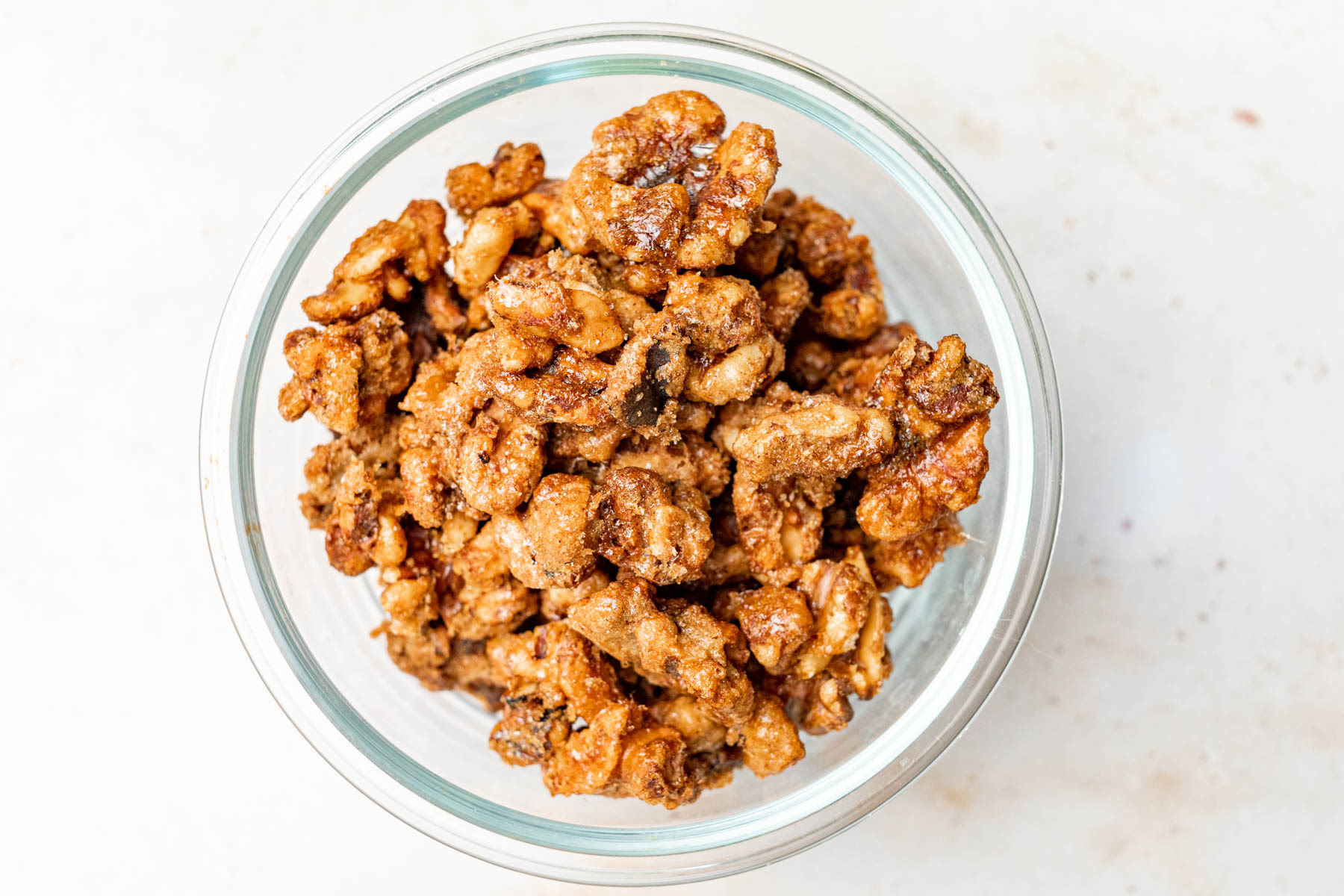
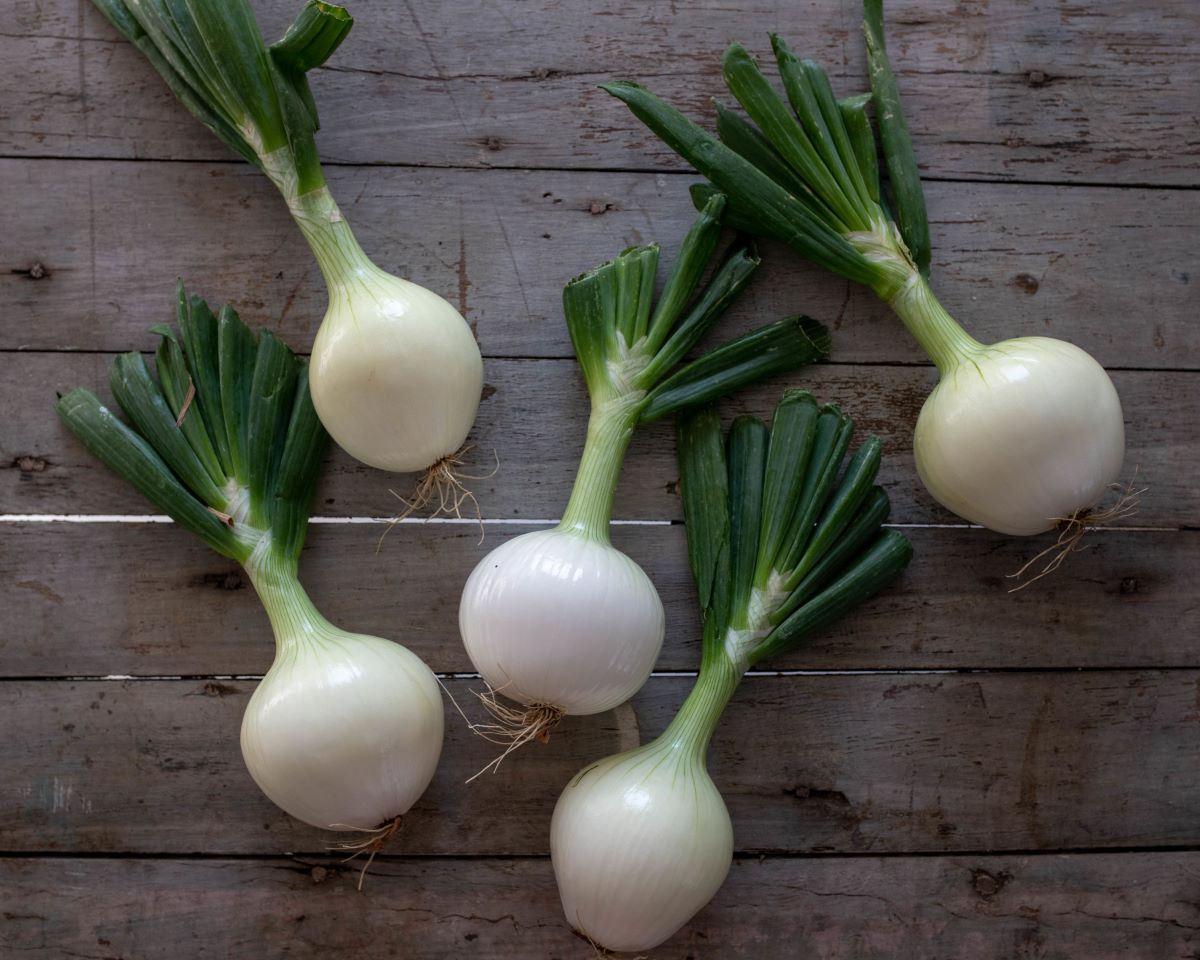
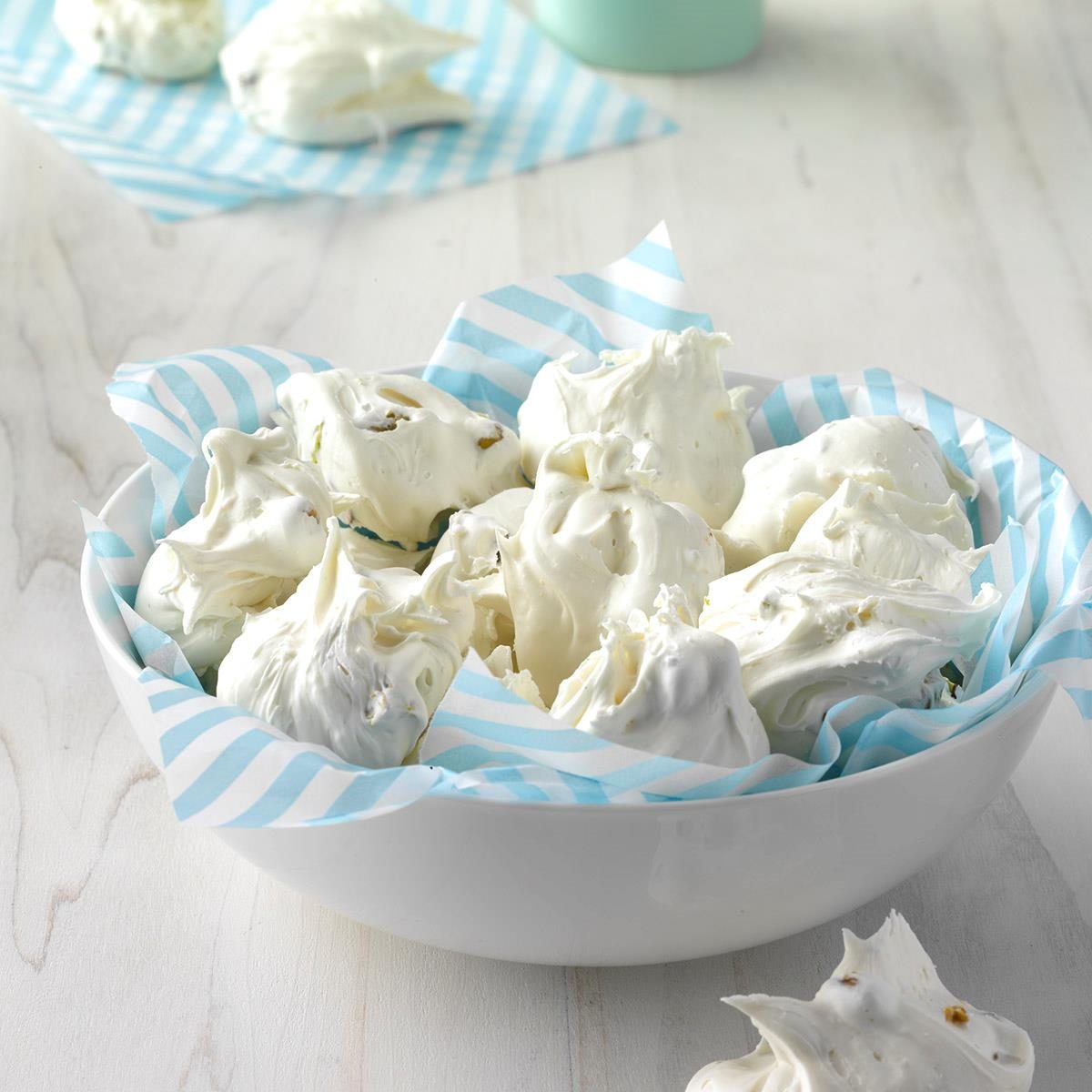
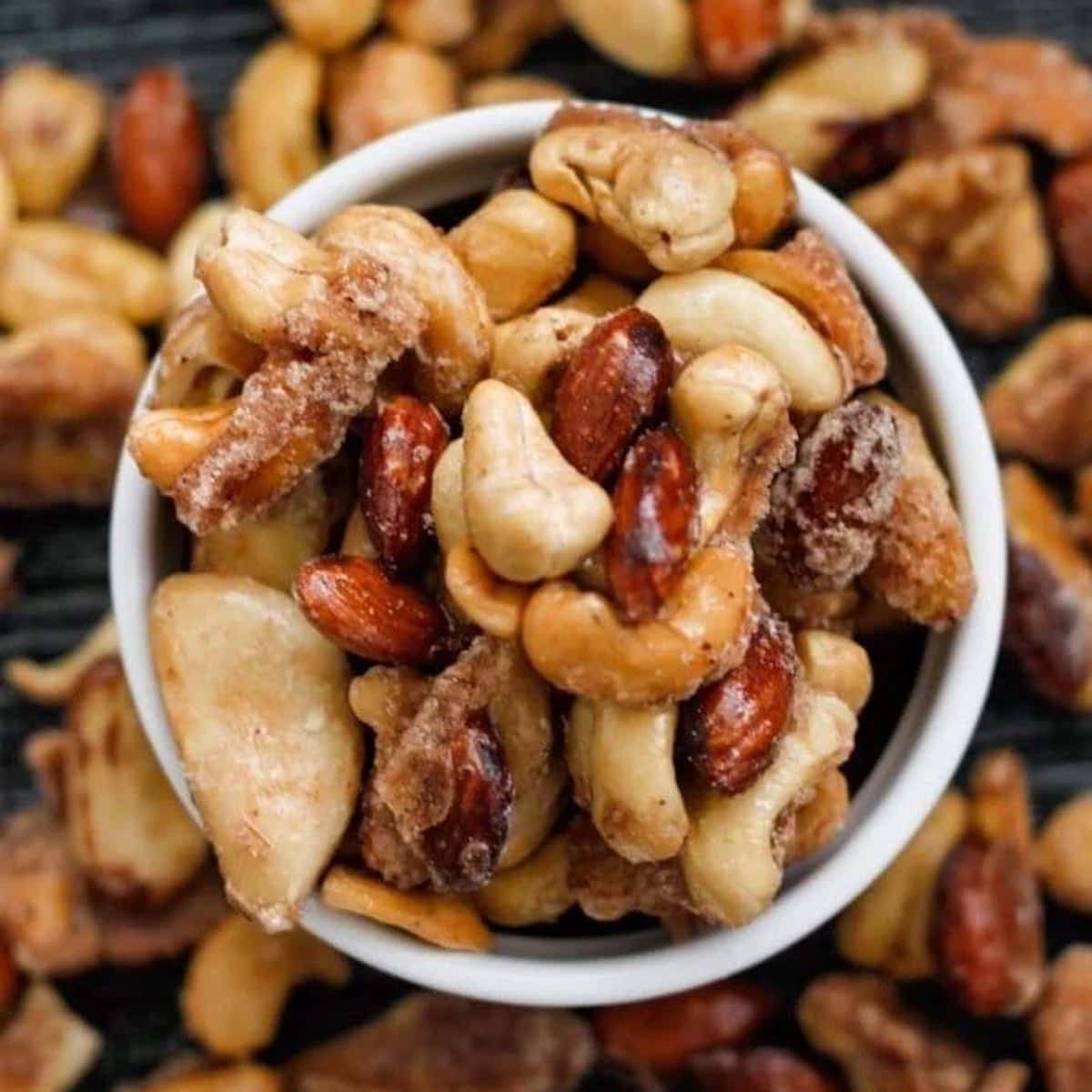
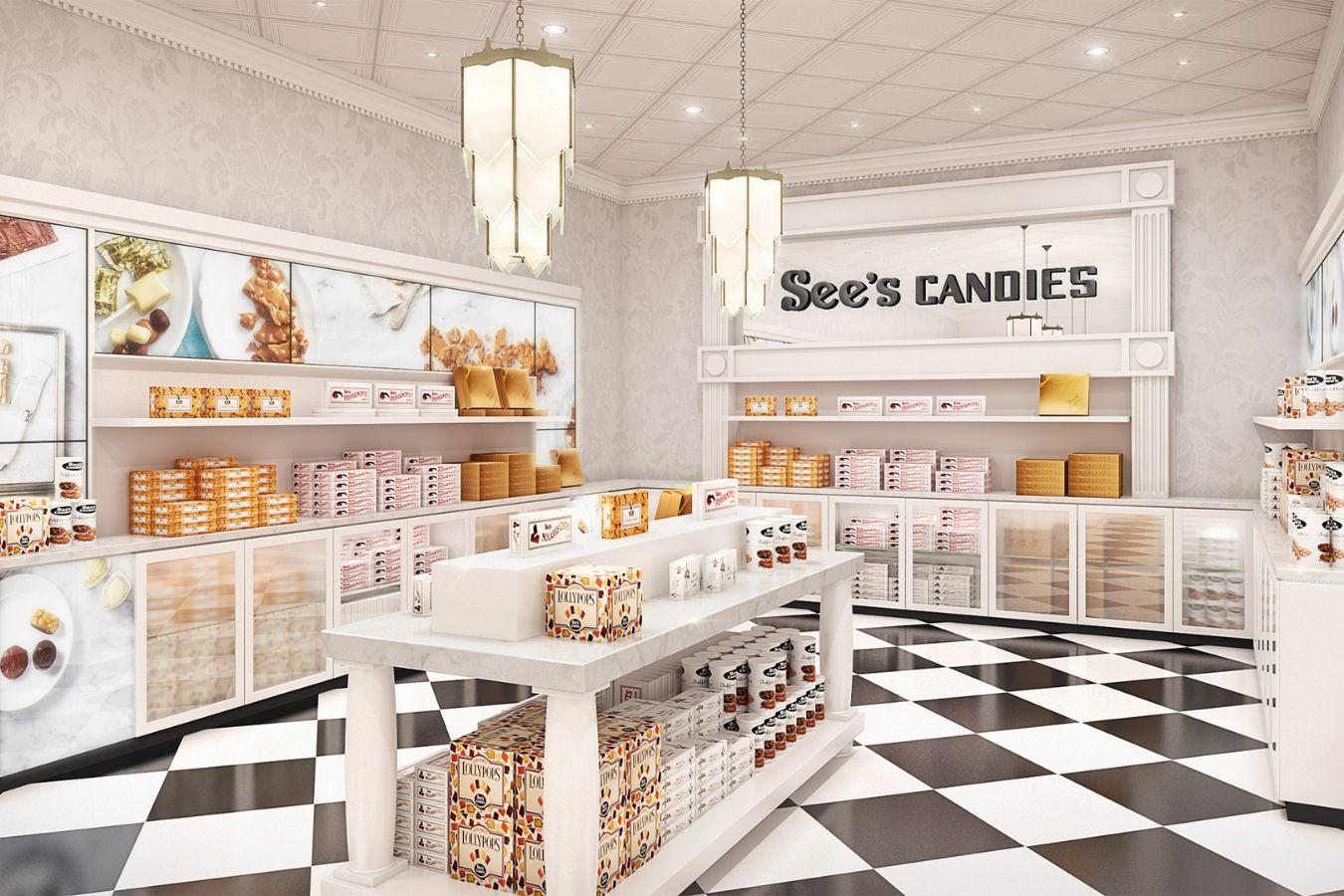
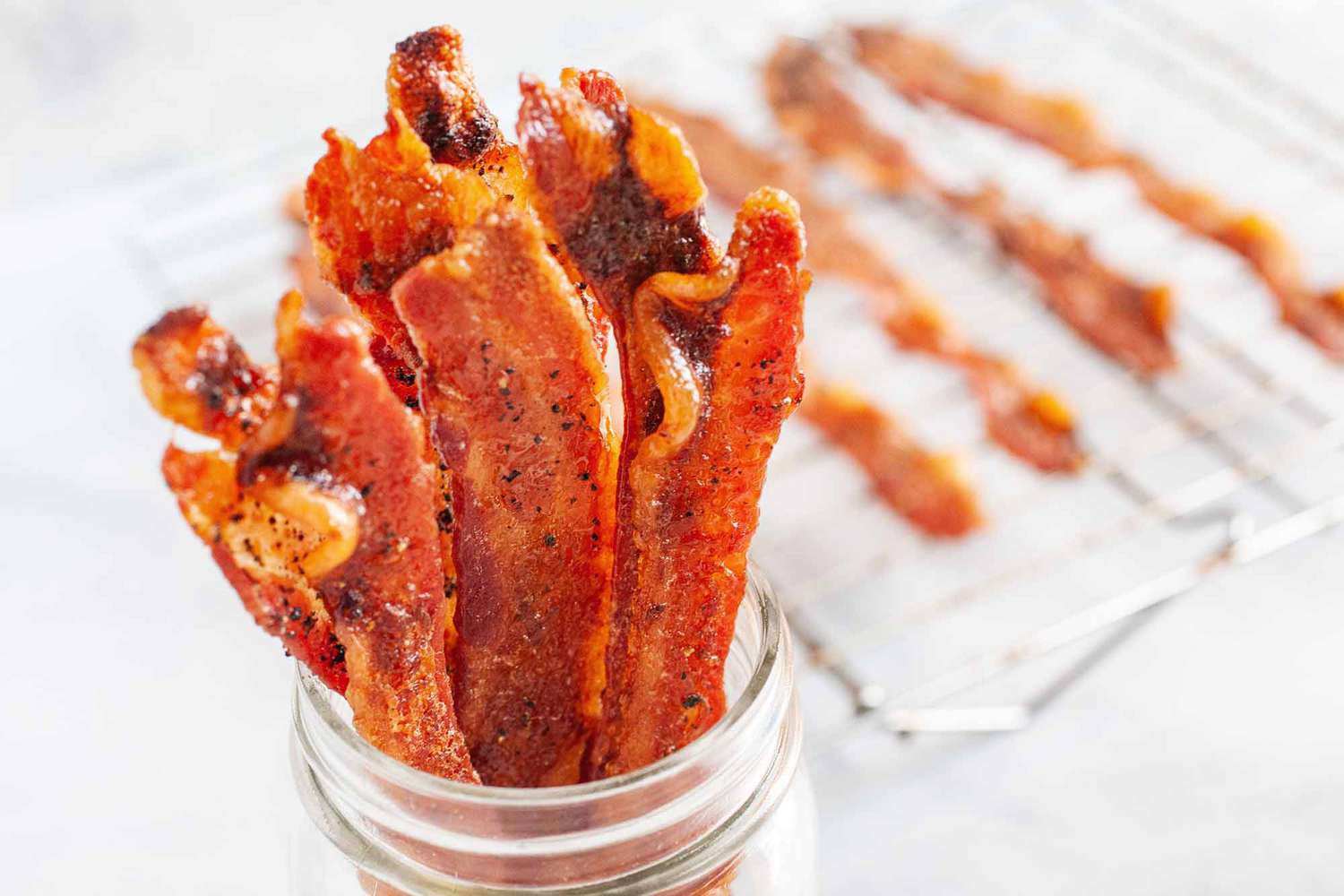
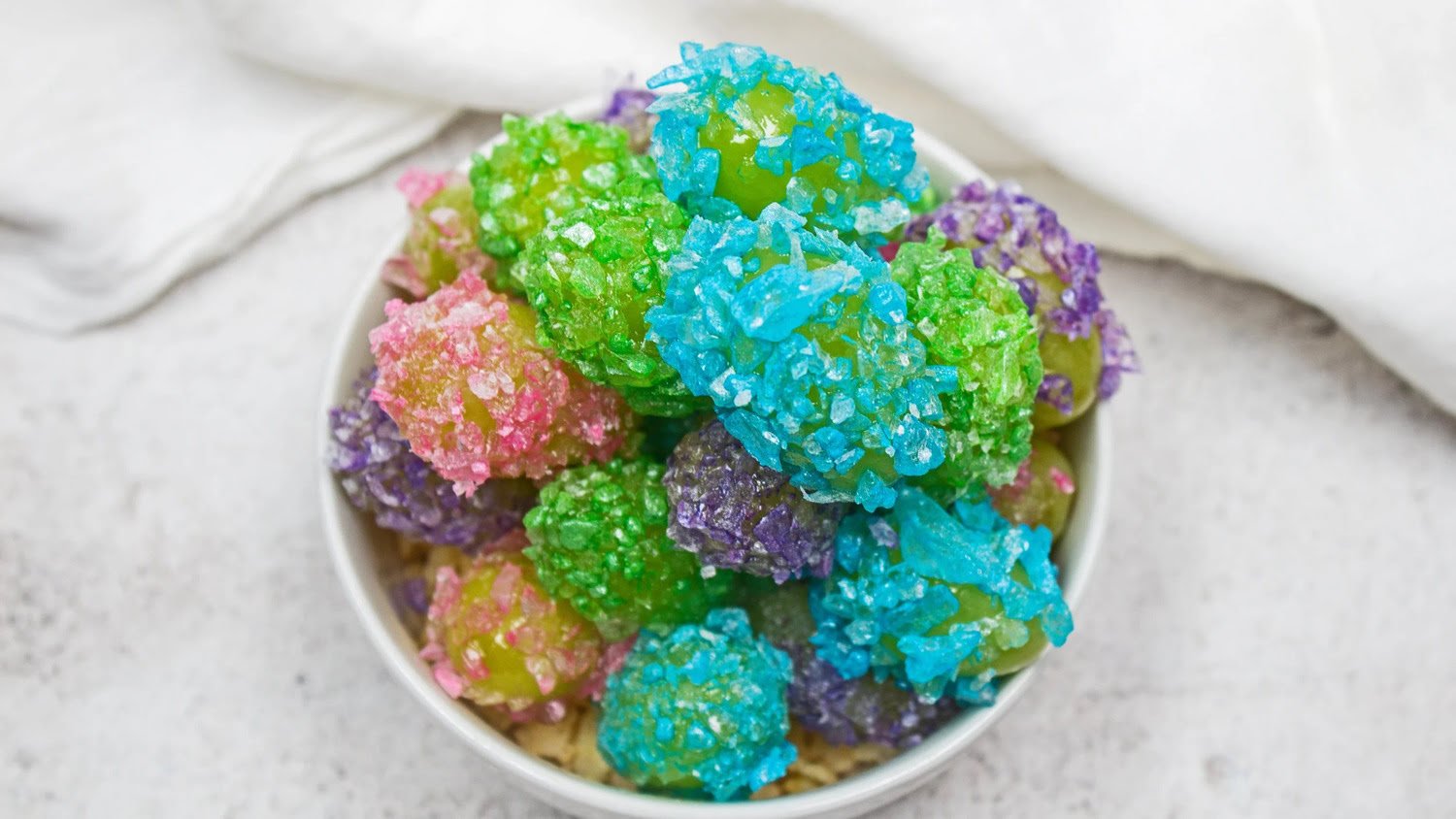
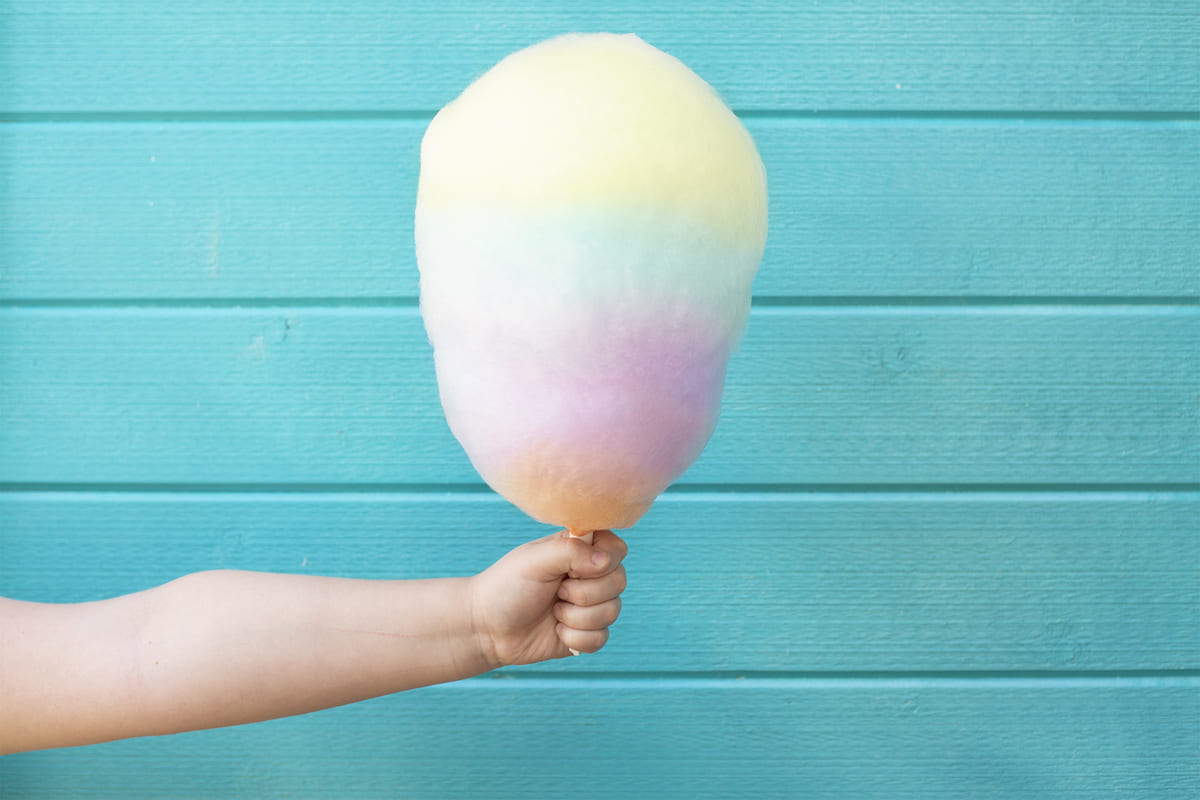
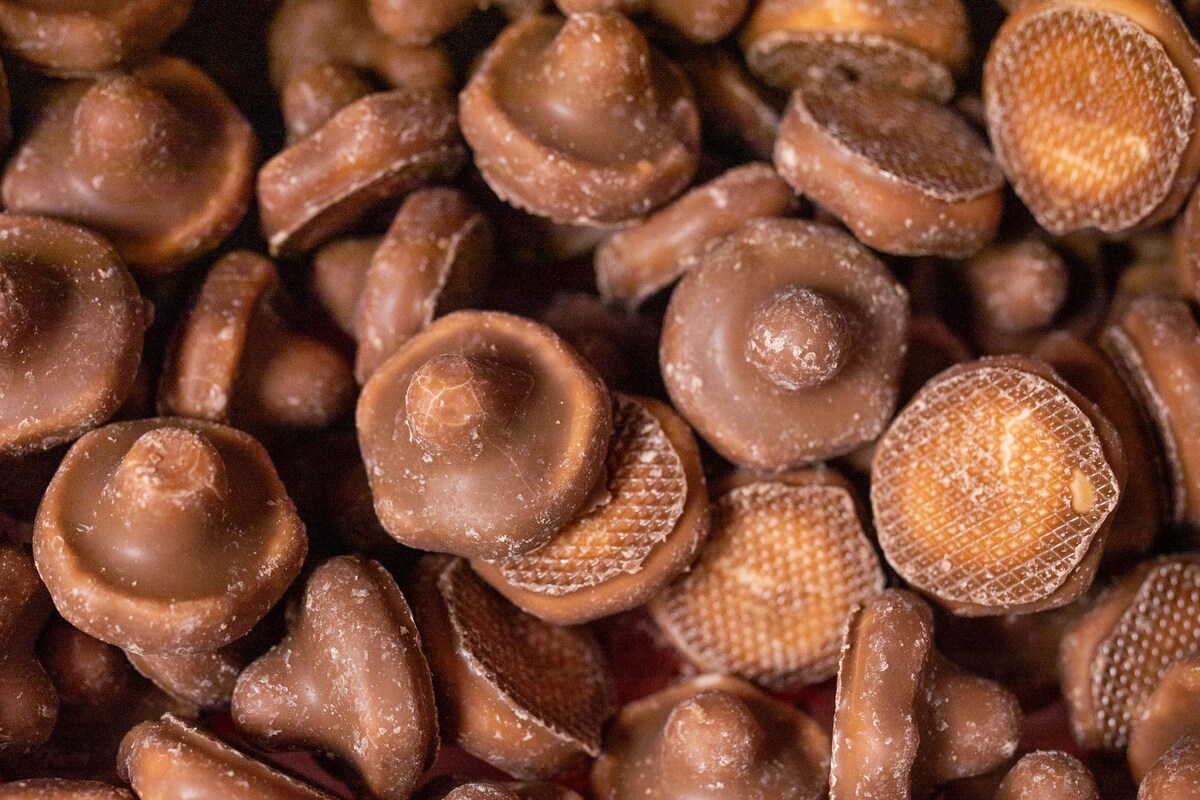
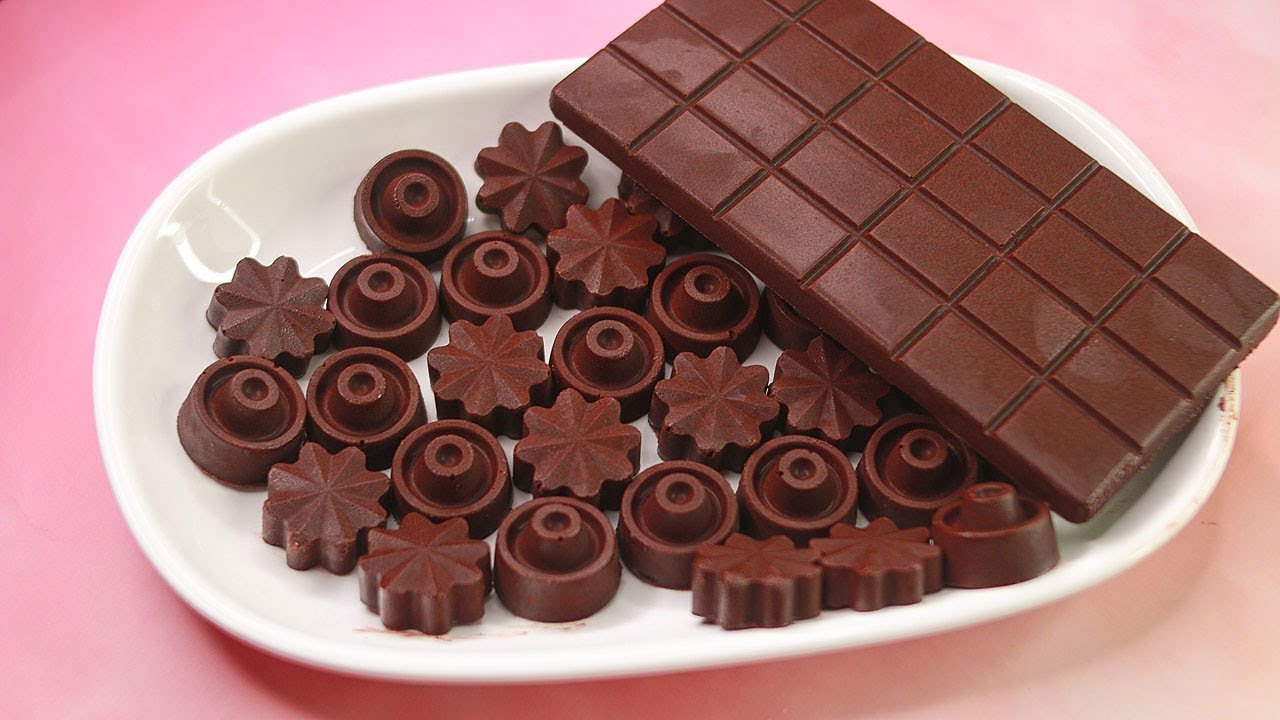
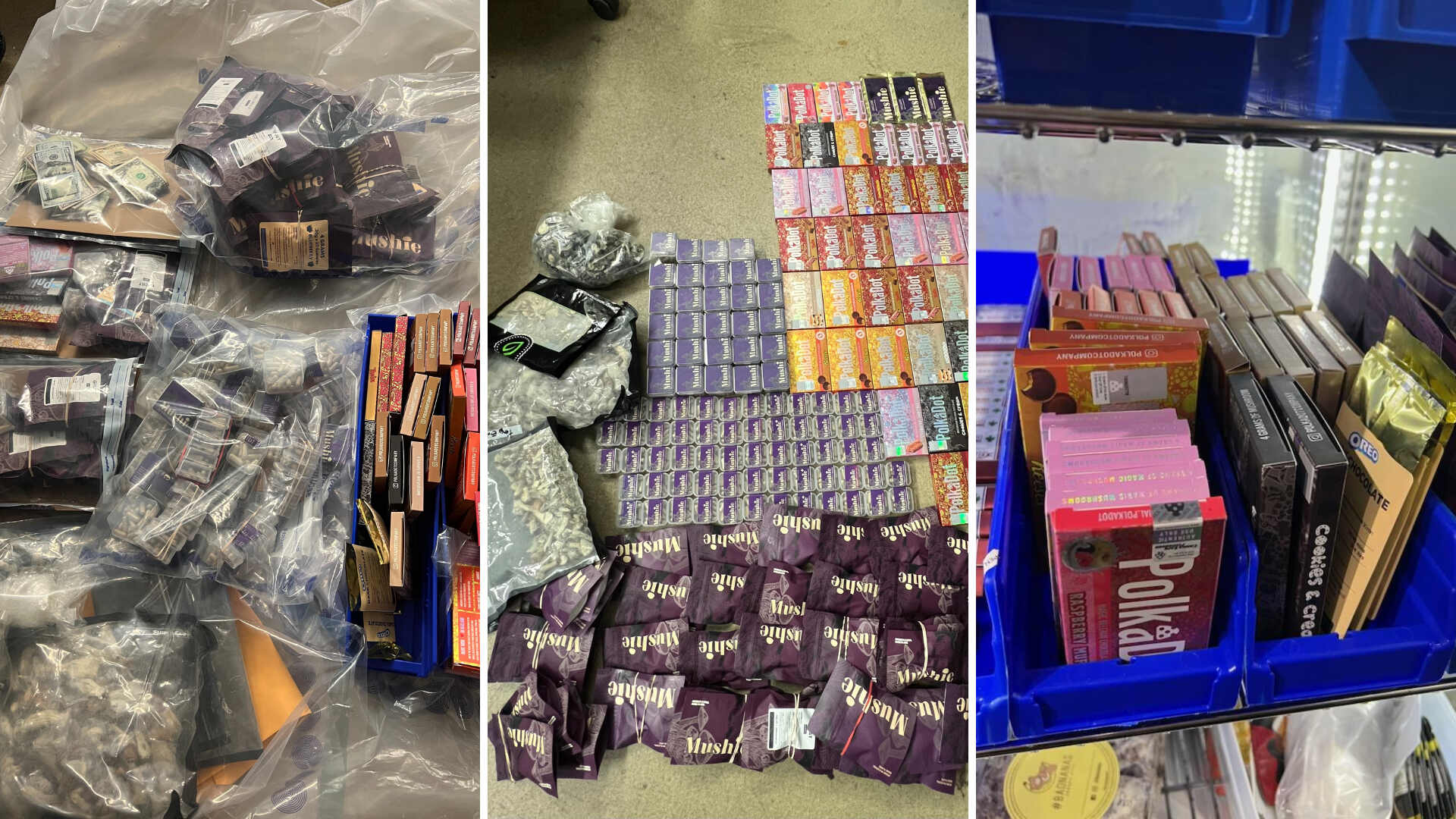
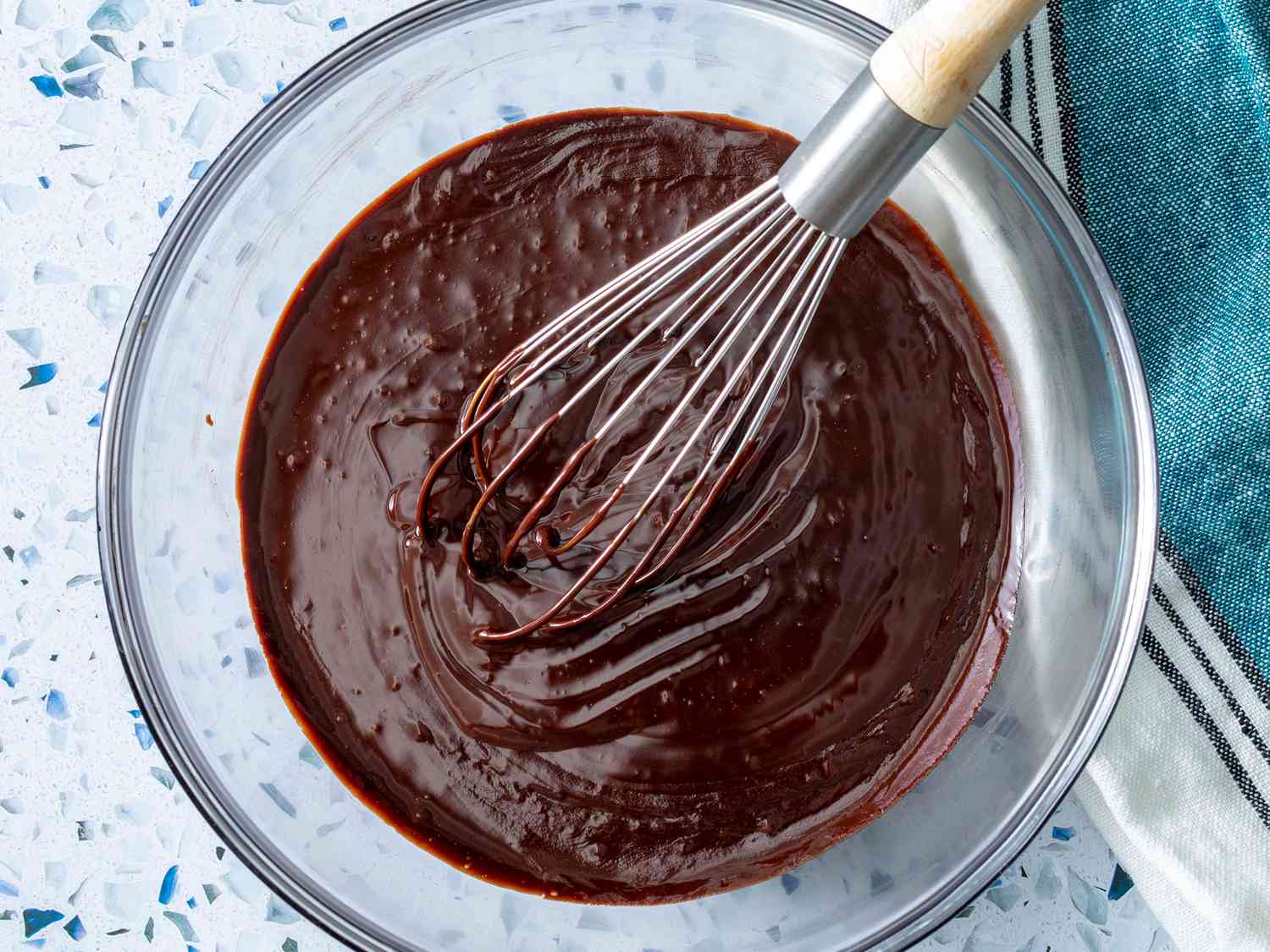
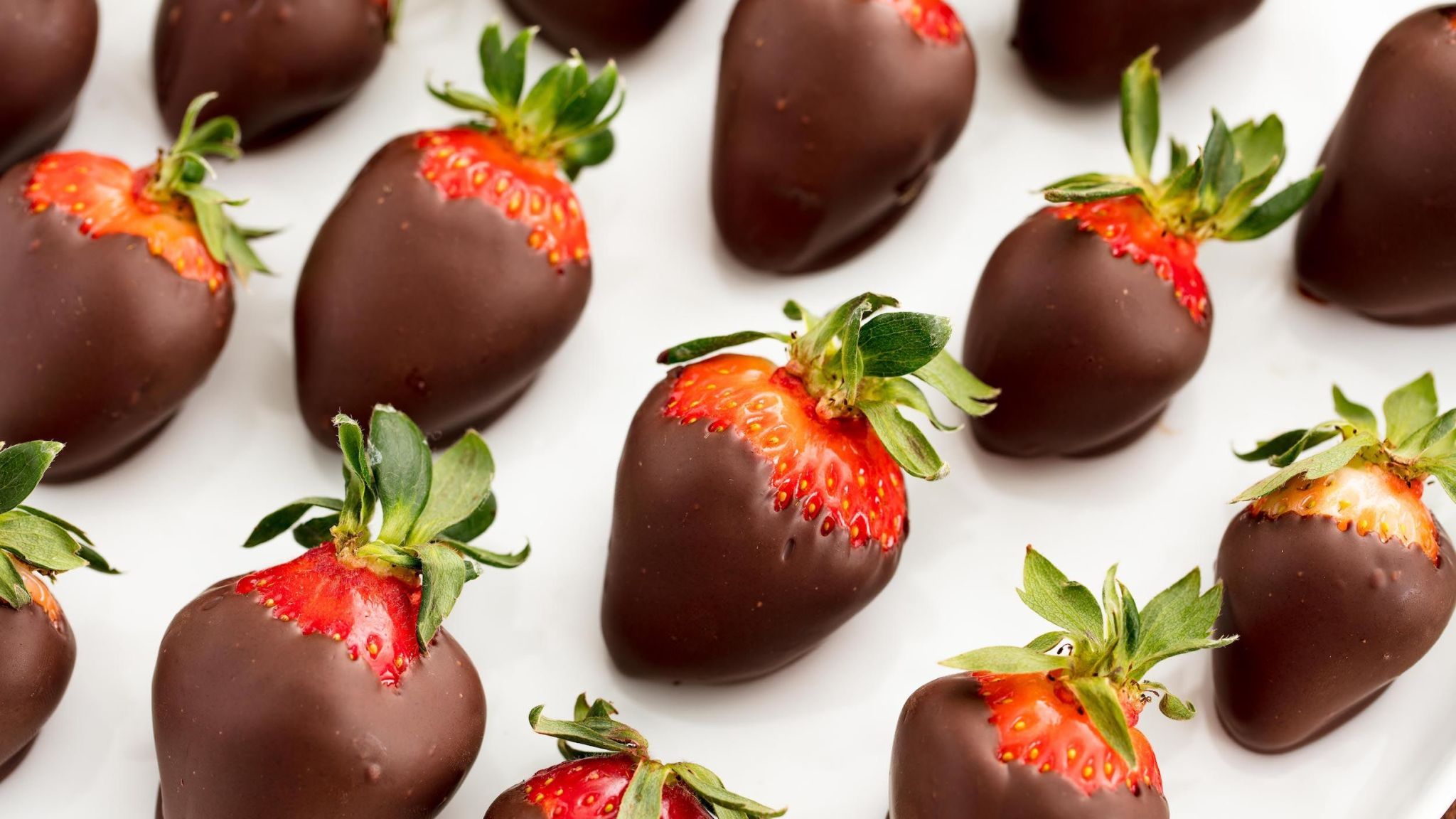

0 thoughts on “How To Store Chocolate Candy”